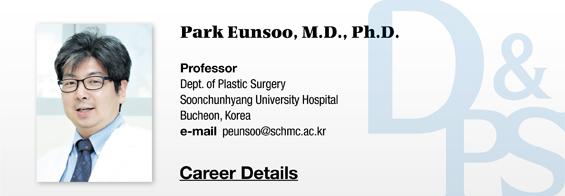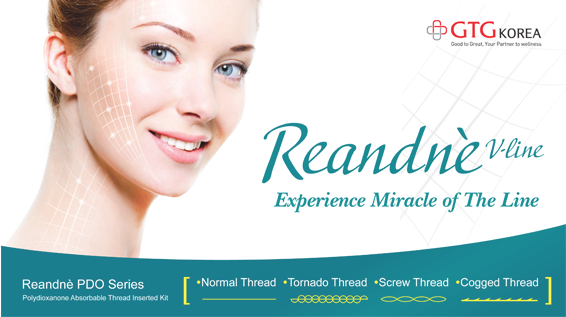The Speed of Hair Growth Cycle Can Depend on Individual Emotional Factors
Follicle cells at the follicle base continue mitosis, congregate to form a column. Cells directly above the actively dividing cells die from dehydration and become keratin. Keratin filaments adhere together through cysteine rich matrix and form a hair shaft. The dermal papilla that lies below the mitotic cells at the follicle base plays an important role in regulating hair growth. Hair growth is not continuous but cyclical. That is, hair goes through stages of repeated active growth and rest.
During anagen phase, hair goes through active growth. About 90% of allterminal hair is in anagen phase which lasts about 3 years. In the catagen phase, follicle base keratinize, shrinks and detaches from the papilla. Melanocytes no longer produce melanin. The catagen phase continues for 1-2 weeks. In the telogen phase, follicle loses activity, rests and there is no hair growth. Hair shaft attachment to the follicle weakens, and hair falls to regrow after a period. The secondary germ lies under the bottom of hair shaft. About 10% of all terminal hair is in telogen phase which lasts 3-4 months.
Each follicle has its own cycle. That is, follicles do not always go through the cycle in tandem. Secondary germ elongates downward and attaches to papilla to restart the anagen phase. During the several days or even weeks between the telogen and anagen phases, the follicle can stand hairless. Hair takes on color due to the pigments on the cortex. During the anagen phase, the melanocytes in the hair bulb are active. When melanocytes are deactivated, so is the hair growth. This explains the light pigmentation of the follicle in thecatagen andtelogen phases. Melanocyte activity begins at the early anagen phase and stops before the end of anagen phase.
The thickness of body hair is determined by follicle activity, not by the number of follicles. The facial hair density is about 500/cm2, however, most follicles are in the resting phase. The resting phase is ended by hormonal or environmental stimulation or by genetic factors. These factors can also transform immature hair to terminal hair. The speed of hair growth cycle can depend on individual emotional factors and can be very gradual.
As mentioned above, follicles form in the embryonic stage. The primary hair germ originating from the ectodermal placode differentiate into hair peg and bulbous hair peg to form a mature follicle. Around 20 genes and modulators such as β-catenin gene and transforming growth factors are involved in this process. Philpott and Paus(1998) succeeded for the first time in manipulating ex vivo anagen follicles to grow at the same pace as in the human body.
[Advertisement] Reandnè Thread Series – Manufacturer: GTG KOREA(www.gtgkorea.co.kr)
Following their accomplishment, extensive pre-clinical research on hair follicle stem cells is being carried out. One such study created a chimeric follicle by resecting a half of a healthy mouse follicle and replacing it with lacZgene reporter Rosa 26 transgenic mouse follicle bulge. After observing cells with LacZ gene activation for several weeks, it was found that follicle stem cells existed in the follicle bulge. Moreover, immunohistochemical staining using usingCD34 andKeratin15 as markers revealed thathair follicle stem cells lie not in the lower bulb but in the middle of theanagenfollicle. However, hair follicle stem cellscoexist with many different cells and each individual stem cell behaves differently, with different pace of differentiation.
-To be continued





















